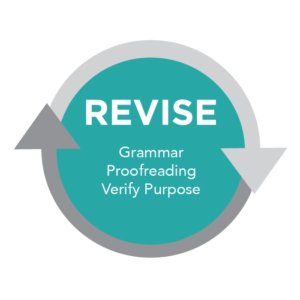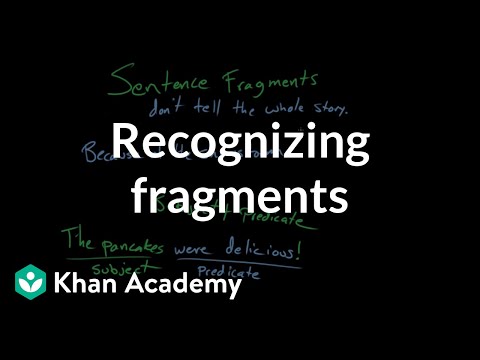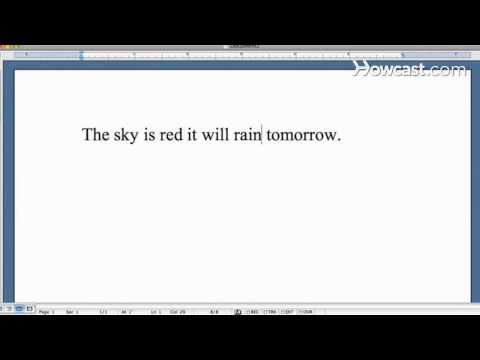5.16: Revising Business Messages
- Page ID
- 59080
Learning Outcome
- Revise a business message for tone, message, and correctness
Once you’ve written your message beginning to end, you may be feeling pretty proud of yourself and ready to move on to your next task. Well, not quite. It’s time to clarify, refine, and reorganize to make sure your message is exactly what you want it to be.

The Art of Re-Seeing
Revising is the rearrangement and fine tuning of a fully developed—if not totally completed—draft so that the thesis or hypothesis is aligned with the writer’s purpose, the audience’s needs and characteristics, the development of the argument, and the persuasive conclusion.
A Critical Step
Revising, for many writers and teachers of writing, is the most critical step in any writing process. It is also the step that often frustrates many writers because it can be hard to maintain objectivity and focus when looking so closely at your own work.
Many writers find it beneficial at this stage to have someone else read the document they have been working on, since it is too close to the writer’s thoughts and emotions. Remember that when you ask someone for a critique of your work, you are not asking for praise for your brilliance but rather asking to have your work made even better and more effective for its purpose. Also keep in mind that just because someone makes a suggestion doesn’t mean you have to accept it. Unless that person is your boss, of course.
The need to revise acknowledges the likely scenario that no one’s writing is perfect as presented in the latest draft. Willingness to revise means that the writer recognizes the dynamic nature of communication and that revisions are required in order to clearly articulate ideas and meet the expectations of the audience. Effective written expression is the result of careful revisions.
Practice Question
Revision Skills
A Two-Step Revision Process
In the revising process the writer does two things:
- Ensures the final messages accomplishes the goal identified in the planning step. This is content evaluation.
- Ensures the grammar and proofreading step has corrected any errors. This makes sure the wording is easy to read for the receiver and that the writer’s reputation is well-served by a professional document.
Proofreading Skills
Fragments
As the final readings of the message, short or long, completes, make sure there are whole sentences.
Run-Ons
On the other side of fragments are sentences that go on and on and on. Beware the run-on sentence.
Contributors and Attributions
- Revising Business Messages. Authored by: Susan Kendall. Provided by: Lumen Learning. License: CC BY: Attribution
- Outcome: Revising. Provided by: Lumen Learning. License: CC BY: Attribution
- Image of Organize. Authored by: Kim Louie for Lumen Learning. License: CC BY: Attribution
- Revision and Adaptation of Revising. Authored by: Vinetta Bell. Provided by: Learn NC. Located at: https://web.archive.org/web/20170731082556/http://www.learnnc.org/lp/editions/writing-process/5811. Project: A Writing Process. License: CC BY-NC-SA: Attribution-NonCommercial-ShareAlike
- Revision and Adaptation of Revision Strategies. Authored by: Kristin Messuri. Located at: http://pulmonarychronicles.com/ojs/index.php?journal=pulmonarychronicles&page=article&op=view&path%5B%5D=263&path%5B%5D=662. Project: Pulmonary Chronicles. License: CC BY: Attribution
- How to Avoid Run-On Sentences. Authored by: Howcast. Located at: https://www.youtube.com/watch?v=R2P9-JPAHN4. License: All Rights Reserved. License Terms: Standard YouTube License
- Recognizing fragments | Syntax. Authored by: Khan Academy. Located at: https://youtu.be/xpoZBnXHg3E. License: All Rights Reserved



